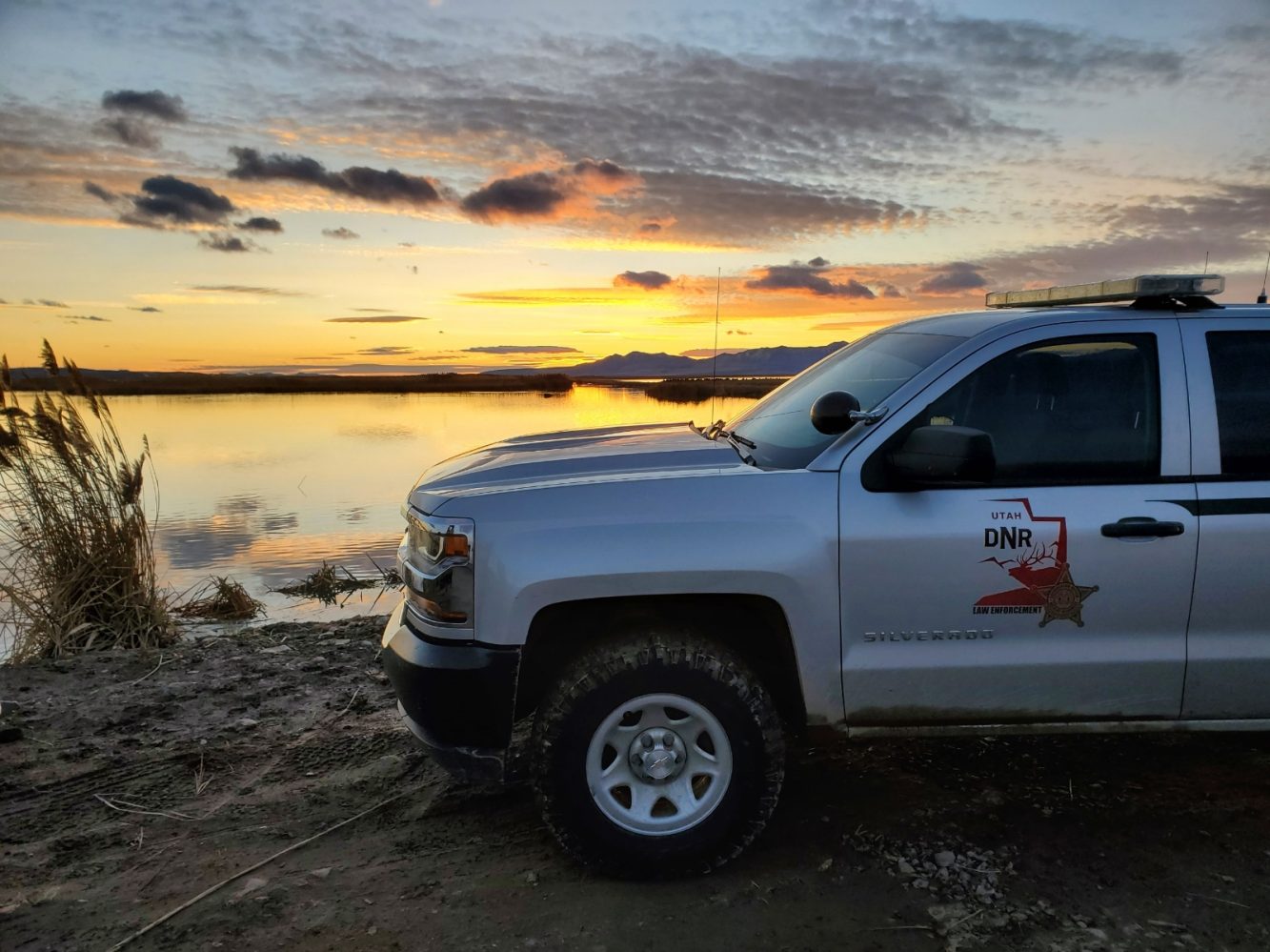
This hunting season, wildlife conservation officers in Utah plan to search for evidence of poaching and locate illegally killed animals with the help of drones.
The Utah Division of Wildlife Resources (DWR) has formed its own drone team which will help the government agency to enforce wildlife laws and ensure public safety. Consisting of five conservation officers, the Utah DWR drone squad has completed various licensing and training requirements with the Federal Aviation Administration (FAA) and gained certification to operate drones for law enforcement missions.
Similar to ground conservation teams, these specialized drone operators will be called upon to assist with a variety of requirements, including:
- Documenting crime scenes
- Searching for evidence and locating illegally taken wildlife
- Assisting landowners by investigating illegal trespassing on private property
- Helping other law enforcement agencies with search-and-rescue efforts
- Assisting biologists with wildlife surveys
- Documenting boating accidents (available to assist, if asked)
- Investigating hunting-related shooting incidents
- Investigating wildlife/human encounters
As DWR Captain Wade Hovinga explains:
Using drones will help us more effectively solve wildlife crimes, and having trained law enforcement drone pilots will also allow us to assist other law enforcement agencies with search-and-rescue efforts or any other investigations. Utah conservation officers are public servants, and these new tools will help us better serve the public, whether we’re solving poaching crimes or locating lost hunters.
There are about 50-55 patrolling DWR officers in the state of Utah; they are tasked with various jobs such as enforcing wildlife laws and ensuring compliance with regulations. They also educate and protect the recreating public, in addition to responding to non-wildlife-related criminal code violations. Often, these officers are requested to assist local law enforcement agencies.
All these activities require the wildlife conservation officers to cover a lot of ground on foot or with a K-9 unit. Drones can help to patrol large areas in a much shorter time.
“Our scenes are maybe, you know, a mountain, a valley, and a mountain or something like that,” Lt. Chad Bettridge with the DWR tells ABC4. “If you can get the drone up there, we’ll be able to see, you know, they might’ve started here and the animal went here and it eventually passed away over here. We’re only trying to make our officers more efficient, better at their job.”
Read: Drones deter criminals, family gangs from poaching at world-famous salmon river
FTC: We use income earning auto affiliate links. More.





Comments